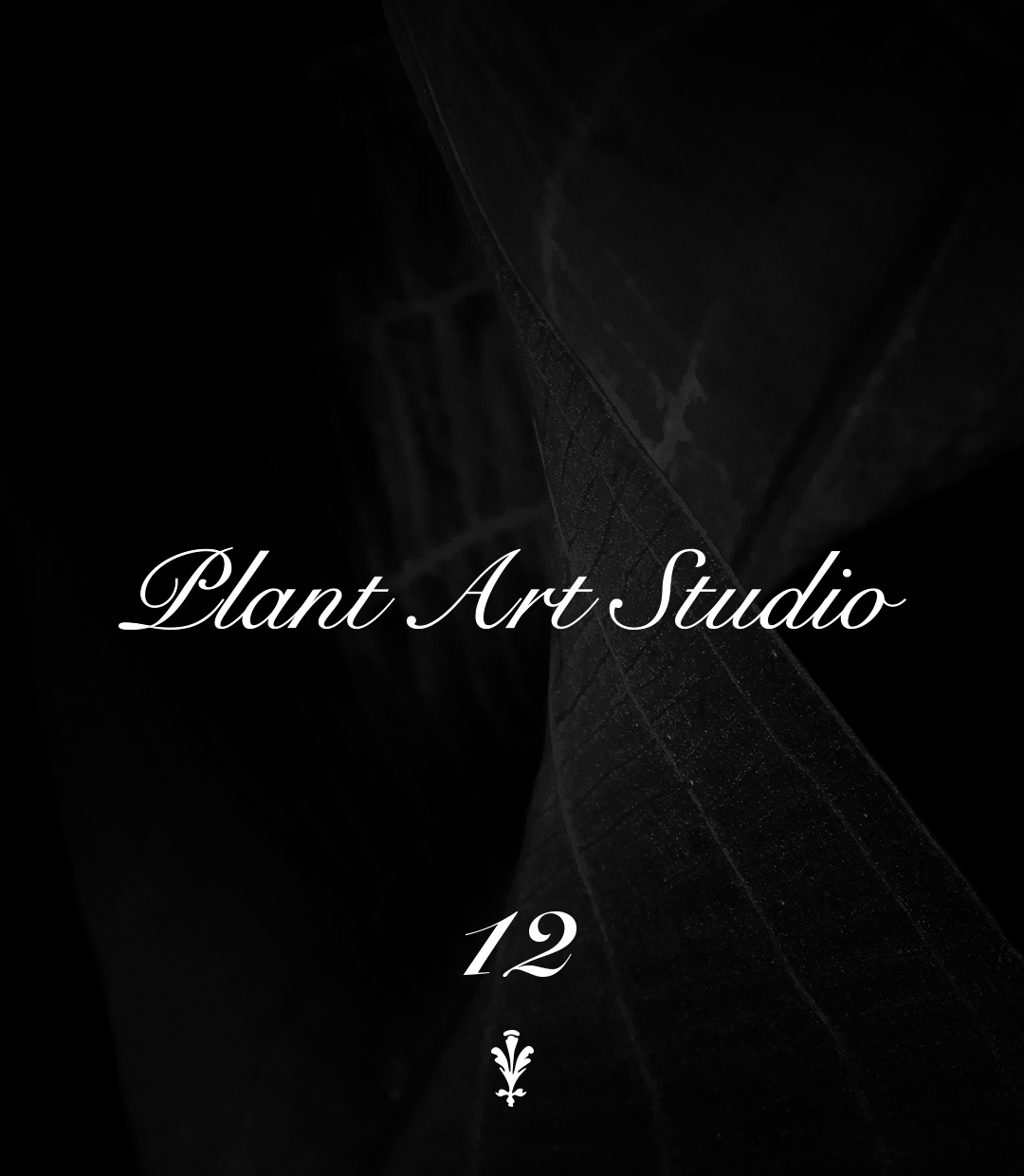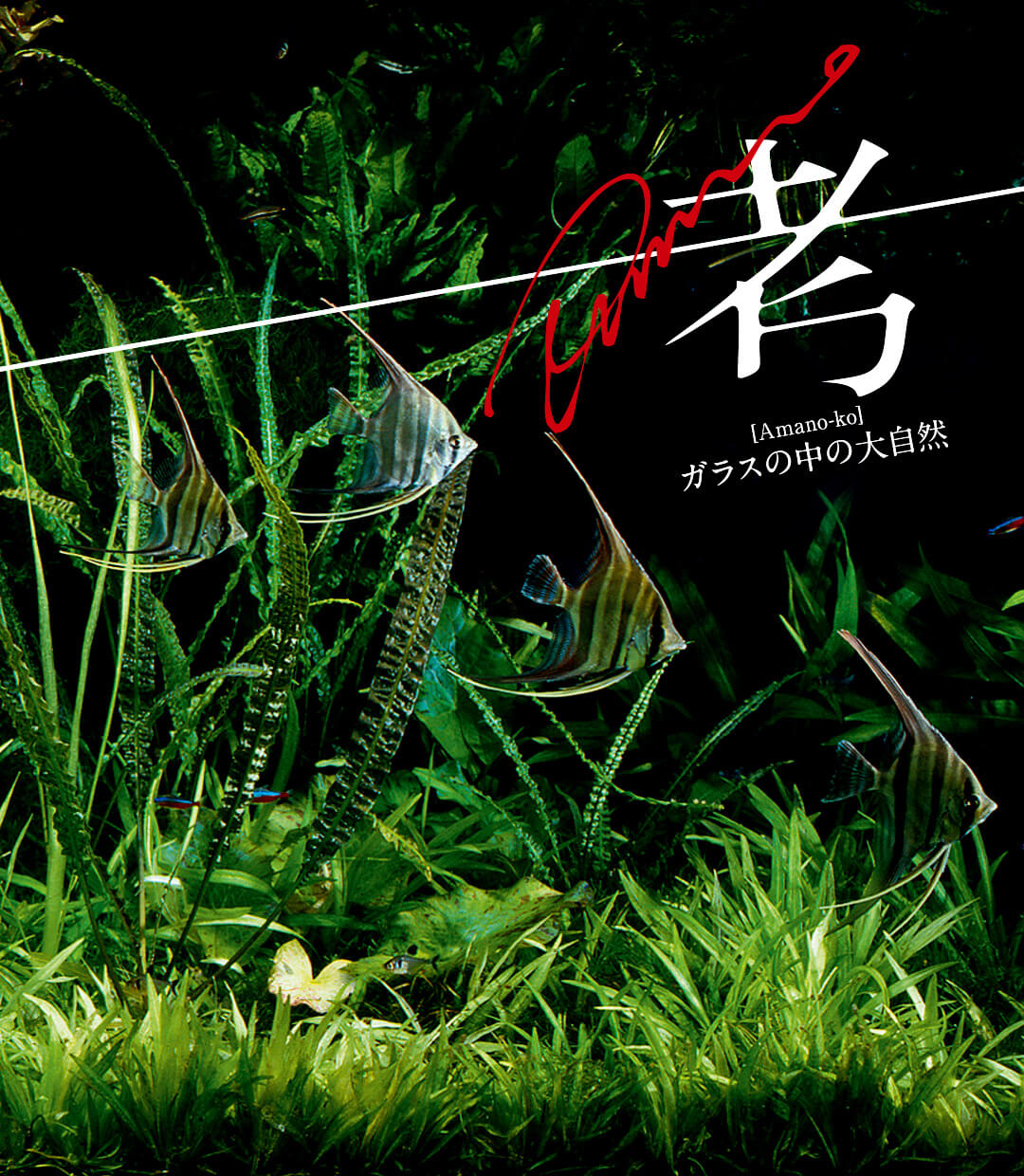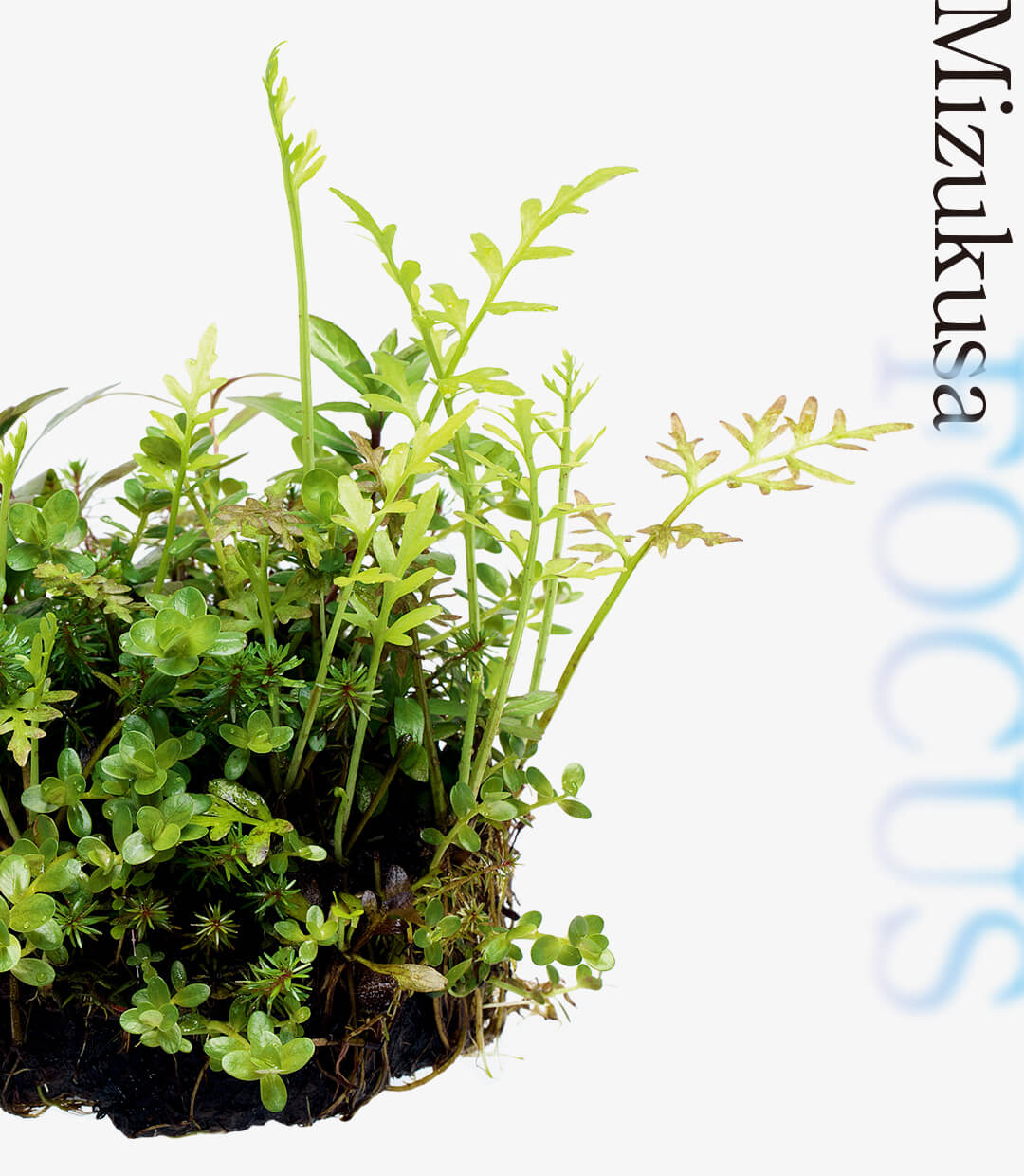Green Lab. #04 [Until We Thrive Again]
At Green Lab., we explore paludarium design through practical examples, sharing tips and techniques related to plant care, layout, and the creative process.
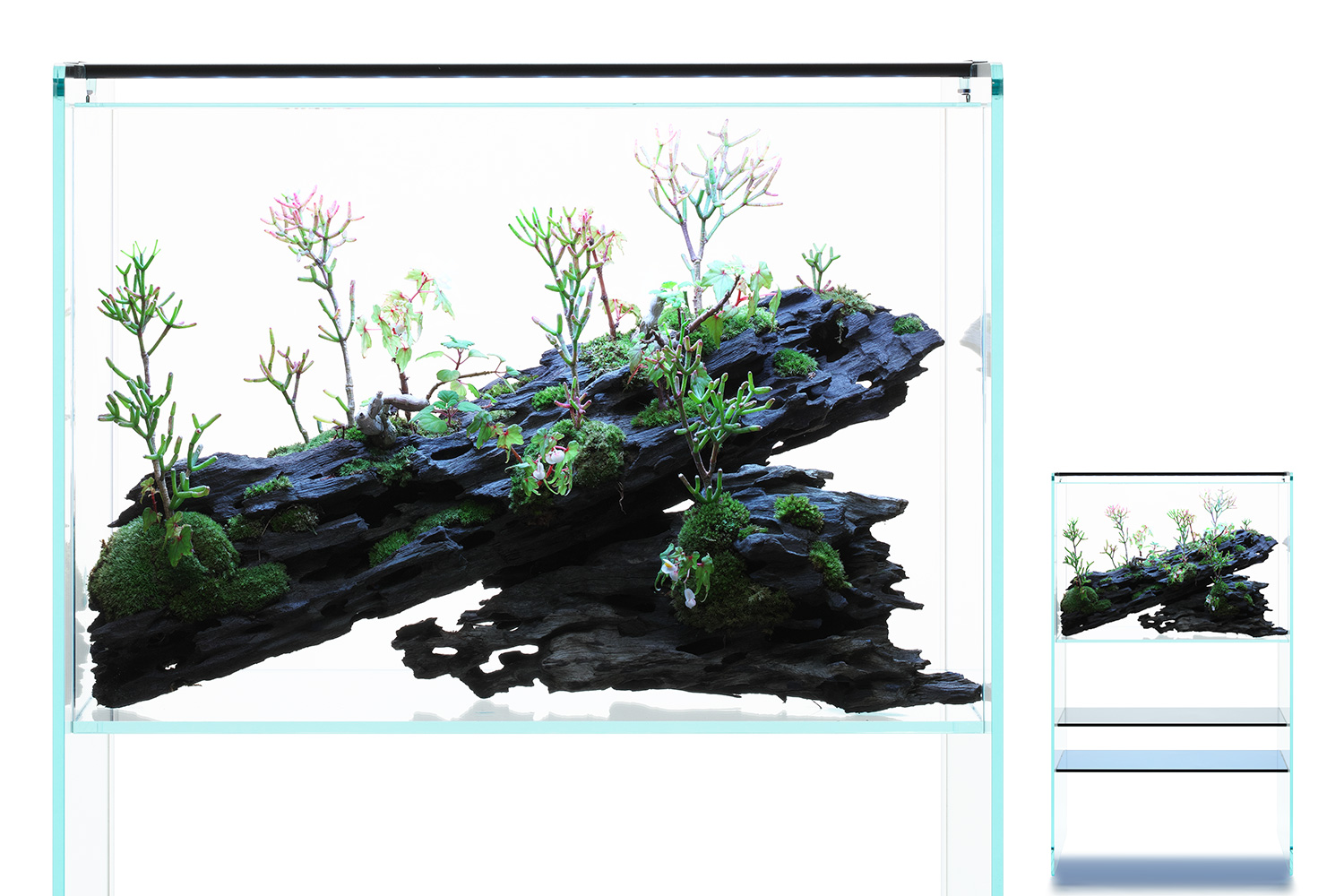
An all-glass display case, designed to beautifully showcase mosses and plants in indoor spaces.
The base features two tones of colored glass, creating elegant visual effects through overlapping hues.
Main unit dimensions: W600 × D400 × H1,000 mm
Display case dimensions: W600 × D300 × H400 mm
[Until We Thrive Again]
When creating layouts in glass paludariums, I try to draw inspiration from the materials themselves — to sense the world they evoke and choose plants that harmonize with that atmosphere. For this piece, I used a piece of driftwood pierced with numerous honeycomb-like holes. Its rough texture and rigid, linear form offered little flexibility in placement and gave a strong impression of decay. What I felt from it wasn’t moisture, but dryness — and in response, I chose Hatiora as the central plant. This epiphytic cactus, known for its ability to grow even in rocky environments, has a kind of pioneering spirit. It takes root in withered places and slowly brings them back to life. The layout is an expression of that quiet resilience — the steady, determined effort of a plant restoring moisture to a dry landscape.
DATA
Photo taken on: August 1, 2025
Creator: Kota Iwahori (ADA SUIKEI CREATOR)
Aquarium: DOOA Glass Paluda 600
Lighting: DOOA Paluda Light II 300 (8 hours per day)
Humidity: Adjust to 55%–65% using a hand spray
Time control: Power Code S-70
Plants
Plectranthus ernstii
Begonia dregei
Hatiora salicornioides
Leucobryum bowringii
Leucobryum juniperoideum
When creating layouts in glass paludariums, I try to draw inspiration from the materials themselves — to sense the world they evoke and choose plants that harmonize with that atmosphere. For this piece, I used a piece of driftwood pierced with numerous honeycomb-like holes. Its rough texture and rigid, linear form offered little flexibility in placement and gave a strong impression of decay. What I felt from it wasn’t moisture, but dryness — and in response, I chose Hatiora as the central plant. This epiphytic cactus, known for its ability to grow even in rocky environments, has a kind of pioneering spirit. It takes root in withered places and slowly brings them back to life. The layout is an expression of that quiet resilience — the steady, determined effort of a plant restoring moisture to a dry landscape.
DATA
Photo taken on: August 1, 2025
Creator: Kota Iwahori (ADA SUIKEI CREATOR)
Aquarium: DOOA Glass Paluda 600
Lighting: DOOA Paluda Light II 300 (8 hours per day)
Humidity: Adjust to 55%–65% using a hand spray
Time control: Power Code S-70
Plants
Plectranthus ernstii
Begonia dregei
Hatiora salicornioides
Leucobryum bowringii
Leucobryum juniperoideum
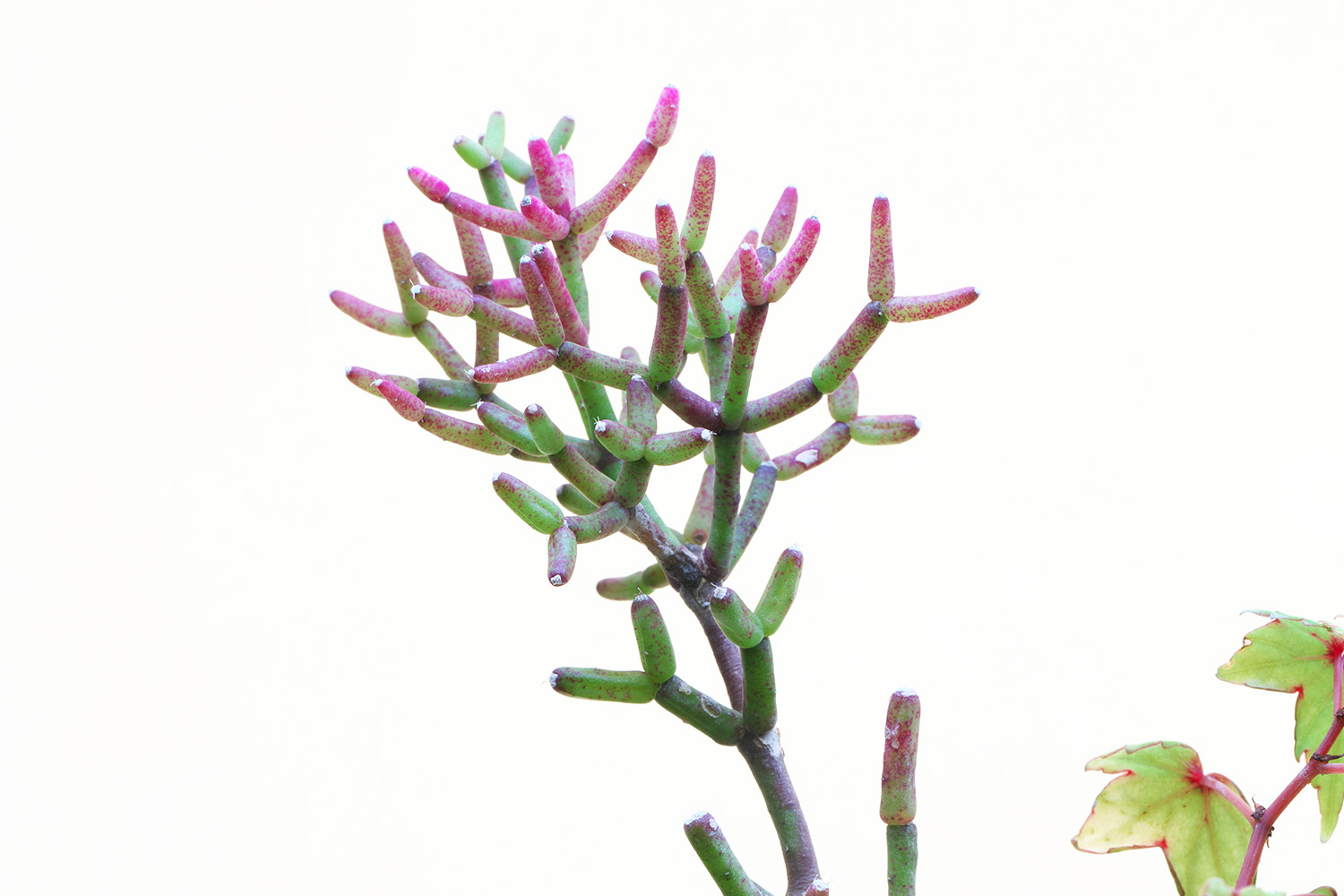
Hatiora salicornioides
Hatiora is a close relative of Rhipsalis, and part of the epiphytic cactus family. It’s well-suited for the drier areas of paludariums. It has fleshy leaves that branch out like coral.
Hatiora is a close relative of Rhipsalis, and part of the epiphytic cactus family. It’s well-suited for the drier areas of paludariums. It has fleshy leaves that branch out like coral.
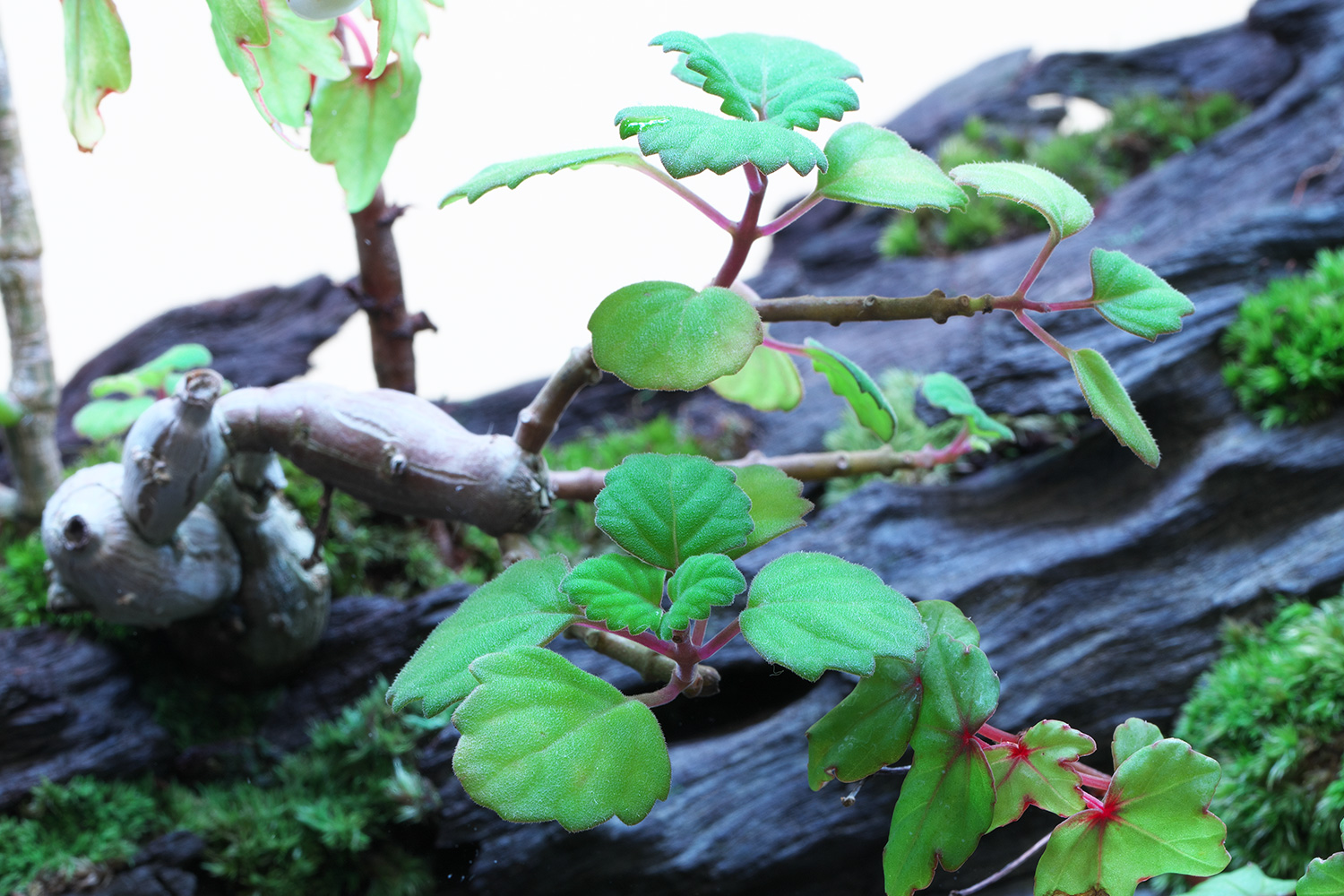
Plectranthus ernstii
Plectranthus ernstii is a caudiciform plant belonging to the family Lamiaceae, native to South Africa. It grows slowly, but once the leaves have matured, it produces flower spikes with delicate pale purple blossoms.
Plectranthus ernstii is a caudiciform plant belonging to the family Lamiaceae, native to South Africa. It grows slowly, but once the leaves have matured, it produces flower spikes with delicate pale purple blossoms.
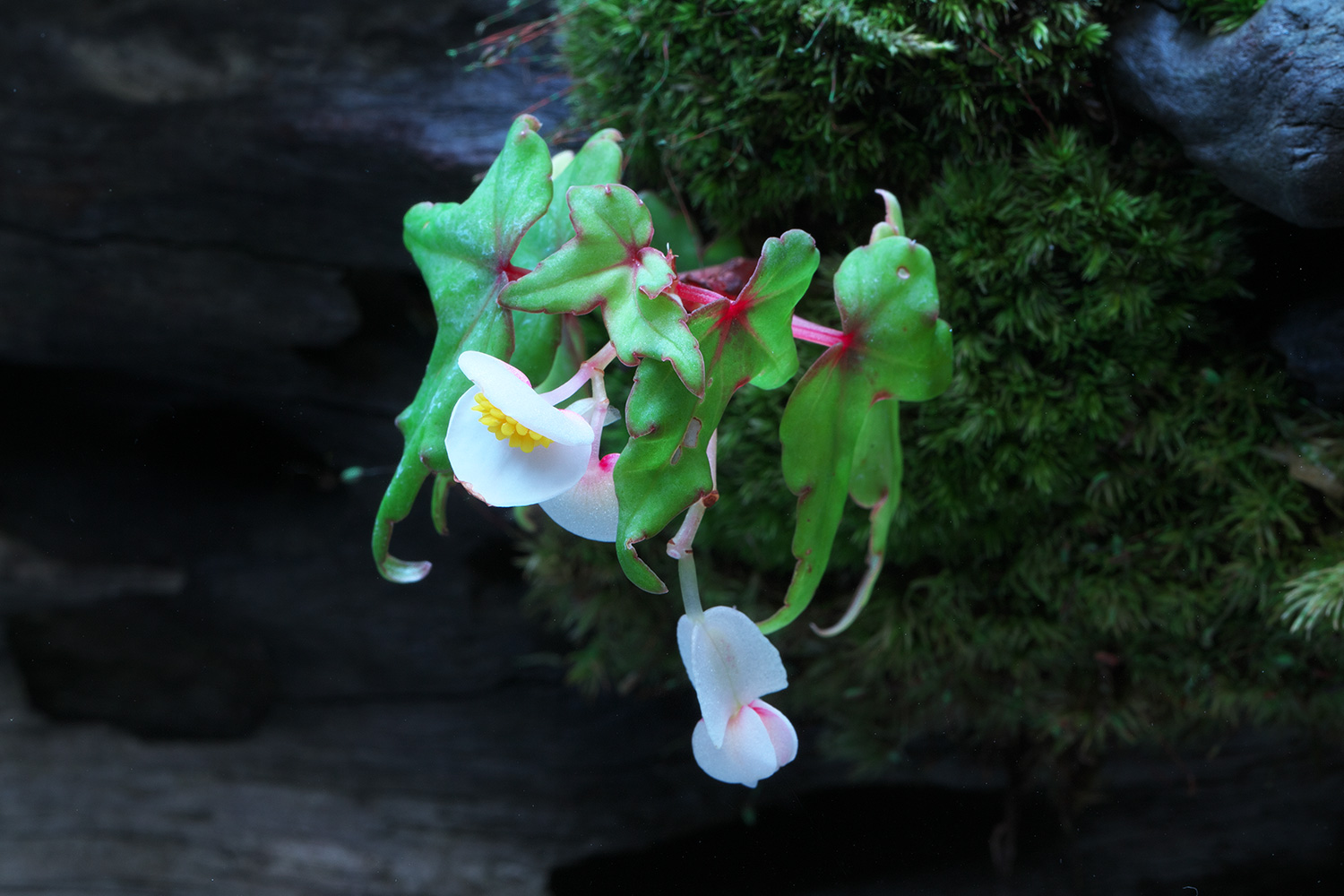
Begonia dregei
This type of Begonia dregei is known for its maple-like leaves and relatively high drought tolerance. It forms a thickened, woody stem like a caudiciform and grows upright, tree-like. Its flowers are white and hang gracefully from the stems.
This type of Begonia dregei is known for its maple-like leaves and relatively high drought tolerance. It forms a thickened, woody stem like a caudiciform and grows upright, tree-like. Its flowers are white and hang gracefully from the stems.
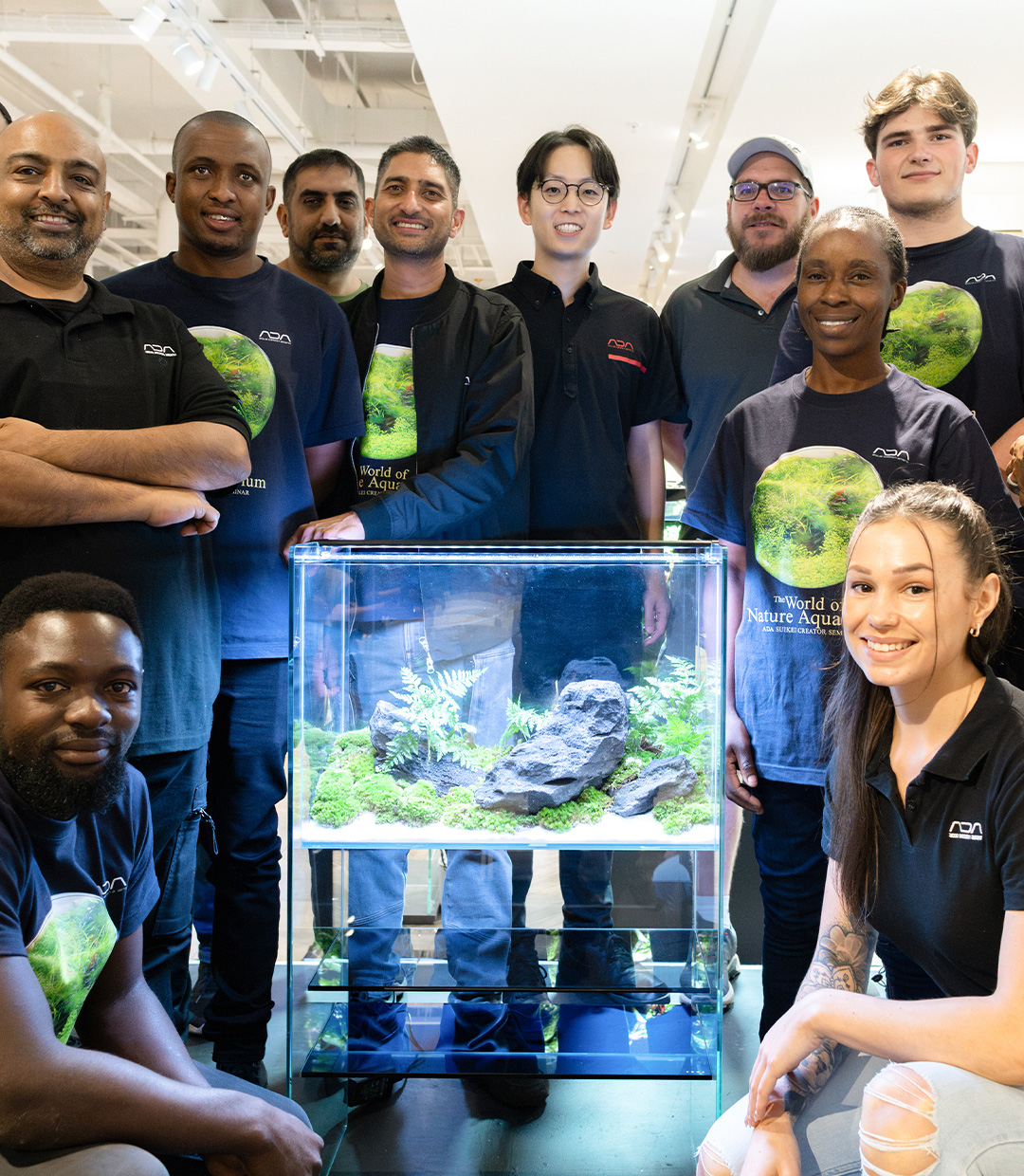
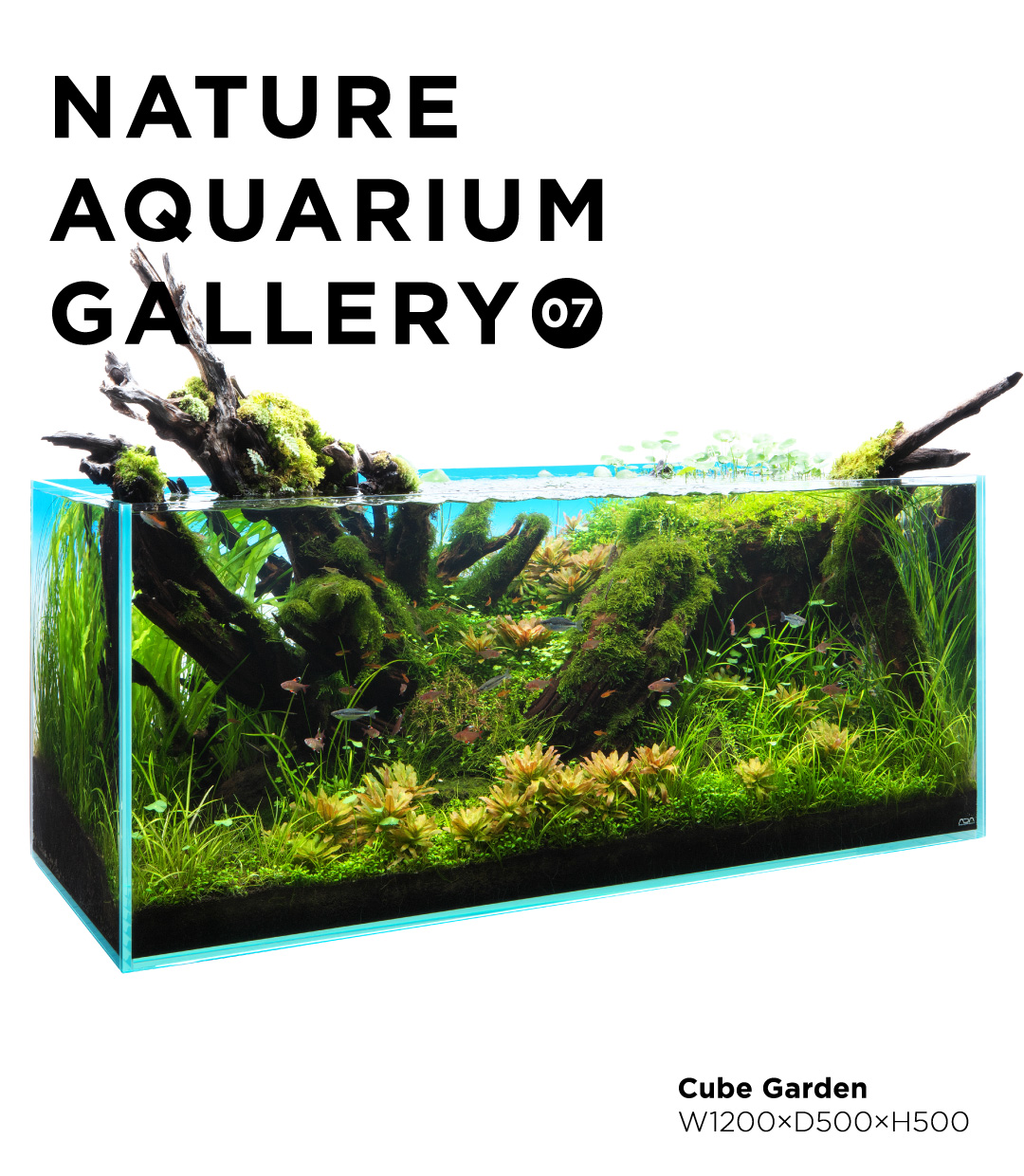
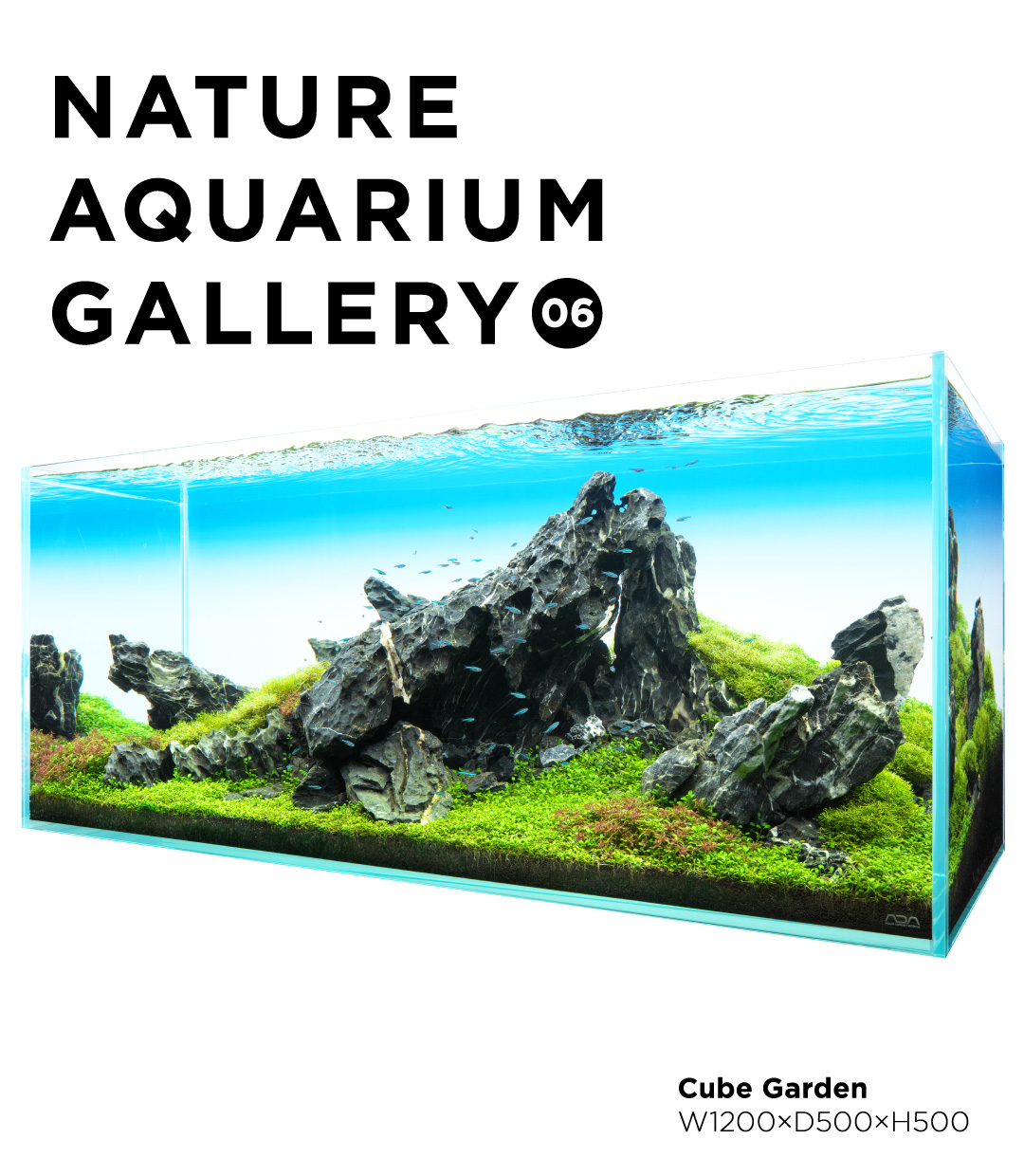
![Green Lab. #06 [ A Restful Waterside ]](https://www.adana.co.jp/wp-content/uploads/sites/3/2025/11/gl06_img_ogp.jpg)


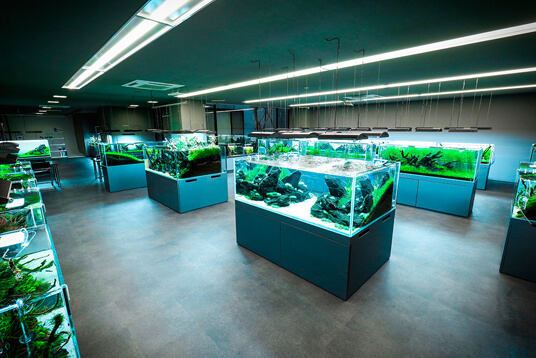



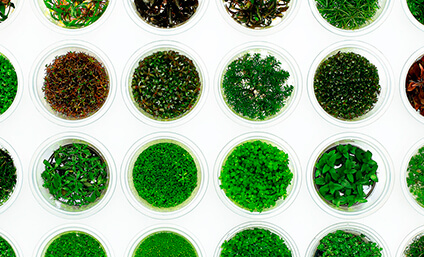
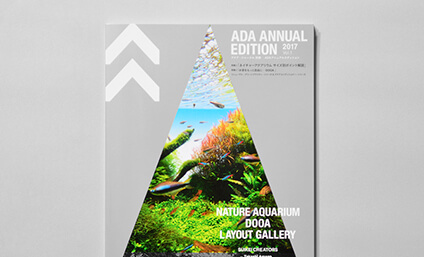
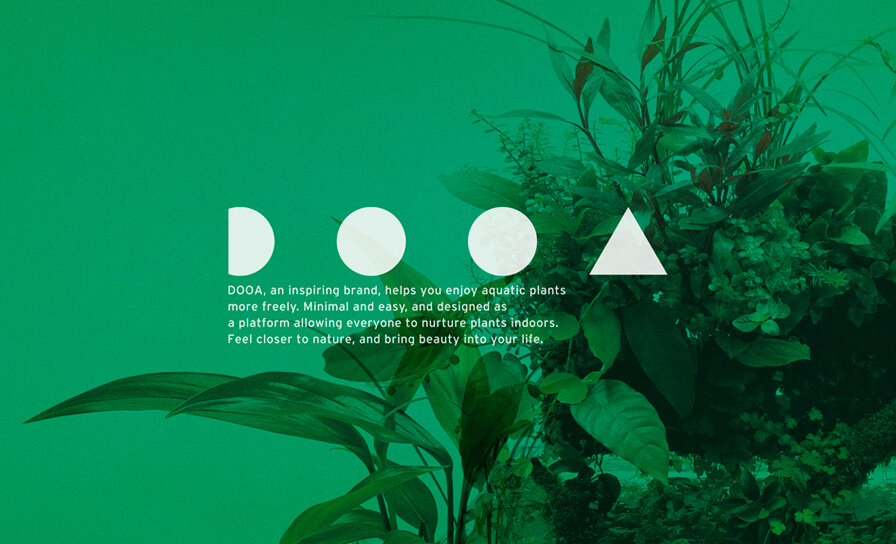






![Green Lab. #02 [ Karst Climber ]](https://www.adana.co.jp/wp-content/uploads/sites/3/2025/07/gl02_img_ogp.jpg)
![Green Lab. #03 [Perched on an Aged Branch]](https://www.adana.co.jp/wp-content/uploads/sites/3/2025/08/gl03_img_ogp.jpg)
![Green Lab. #04 [Until We Thrive Again]](https://www.adana.co.jp/wp-content/uploads/sites/3/2025/09/gl04_img_ogp.jpg)
![Green Lab. #05 [Jewels of the Forest Floor]](https://www.adana.co.jp/wp-content/uploads/sites/3/2025/10/gl05_img_ogp.jpg)

